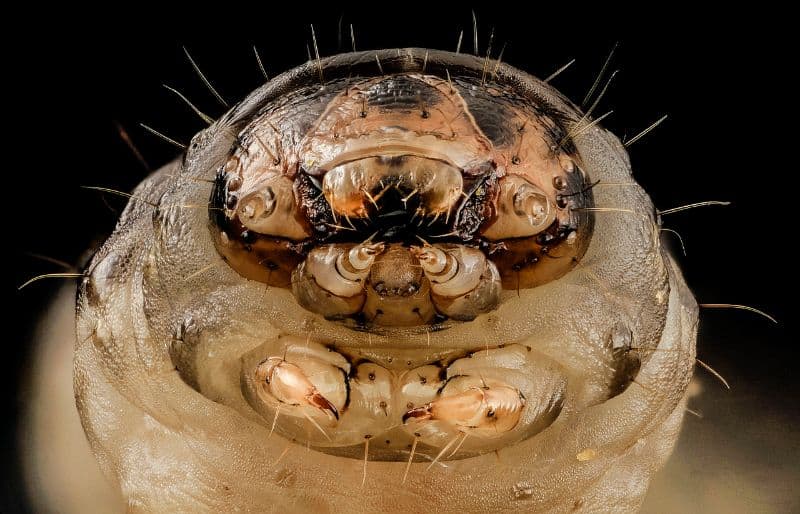What Eats Cutworms? When it comes to pesky garden pests, cutworms are up there with the worst of them. These inch-long worm-like creatures can quickly devastate young plants, leaving your garden looking less than perfect. But don’t despair. There are cutworm predators that love to eat these destructive caterpillars, so you can get rid of these invaders and enjoy your beautiful garden once again. Read on to learn more about these predators and how you can bring them into your garden to get rid of cutworms for good.
What Eats Cutworms – Cutworm Predators
Tachinid Fly
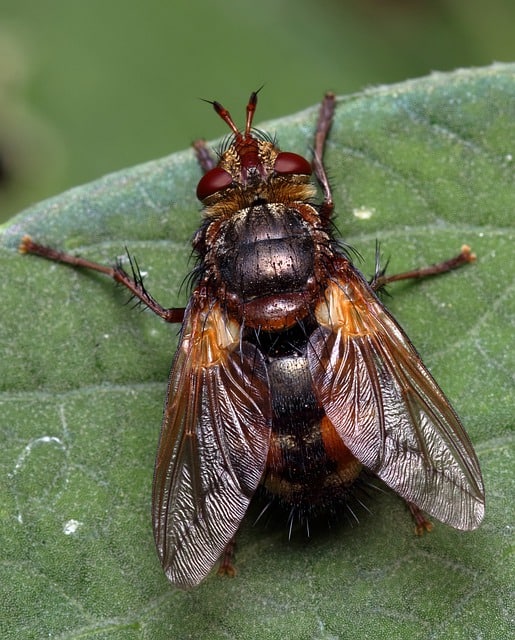
The Tachinid Fly is a parasitic fly that preys on cutworms. Female tachinid flies lay their eggs on or near the host cutworm. Upon hatching, the tiny tachinid larvae burrow into the body of the cutworm and feed on its internal organs. Eventually, the larva kills the cutworm and emerges as an adult fly.
Trichogramma wasps

The parasitic wasp Trichogramma (Buy Trichogramma Eggs Online) is a natural enemy of cutworms and other moth caterpillars. These wasps lay their eggs inside cutworm eggs, and when the eggs hatch, the wasp larvae eat the cutworm larvae. So if you see a lot of parasitized (hollowed-out) cutworm eggs, you can be pretty sure that there are lots of Trichogramma wasps around.
Braconid wasps

The Braconid Wasp is a parasitoid that targets cutworms for larval development. Parasitoid wasps are insects that lay their eggs on or inside other living creatures, which serve as the hosts for their larvae. In the case of the braconid wasp, the eggs are laid on or inside cutworms, and the larvae then consume the cutworm from the inside out. This ultimately kills the cutworm and provides a food source for the developing wasp larvae.
Nematodes

Nematodes (Buy Live Nematodes Online) are very small, thread-like worms that live in the soil and feed on cutworms and other insect larvae. They are generally harmless to humans and other animals, but they are very efficient parasites that burrow into cutworms as they crawl across the ground. They can kill large numbers of cutworms quickly, and they are a very effective natural form of pest control for gardens and agricultural fields.
Blackbirds
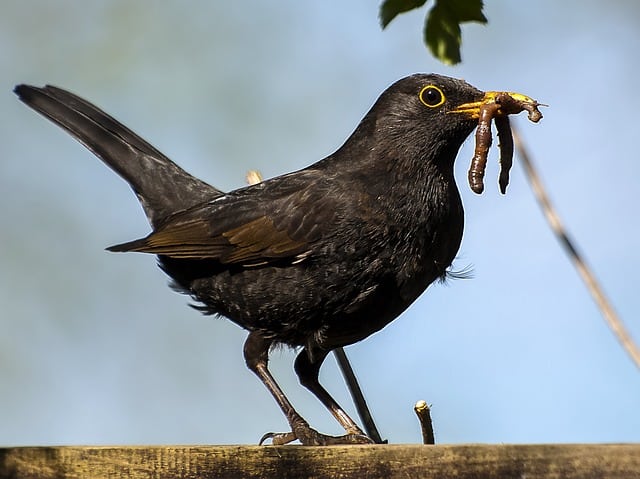
Blackbirds are a natural predator of cutworms. They often patrol lawns and gardens for these pests, eating them on the spot. Cutworms are also a favorite food of blackbird chicks, and the adults often bring them to their young in the early spring when cutworms tend to cause the most damage.
Meadowlarks
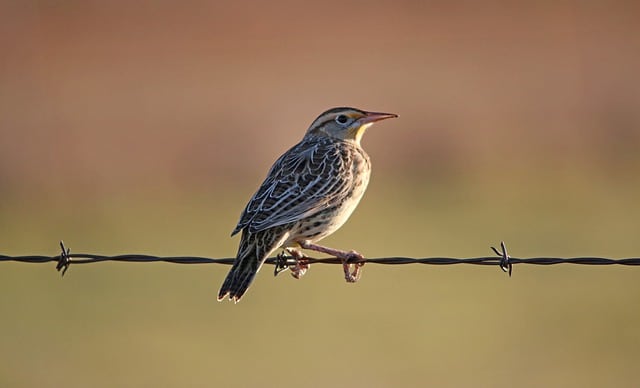
Meadowlarks are insect-eating birds that prey heavily on cutworms, as well as other agricultural pests. Meadowlarks also have specially adapted bills that help them grab prey right out of the ground. Their bills are long and thin, with a sharply pointed tip. This makes them perfect for catching insects like cutworms, which typically hide in crevices during the day to avoid being eaten.
Firefly larvae
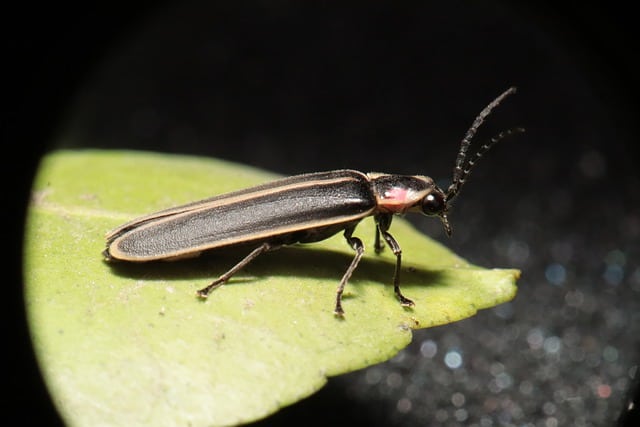
Firefly larvae are a natural predator of cutworms and other garden pests. They are harmless to humans and pets, and they can be effective in controlling the population of these pests without using harmful chemicals.
If you find an abundance of firefly larvae in your garden, you can encourage their presence by leaving some areas of your yard or garden un-mowed and overgrown. Firefly larvae prefer moist, shady areas with plenty of leaf litter on the ground, so providing these conditions will help them thrive.
Toads
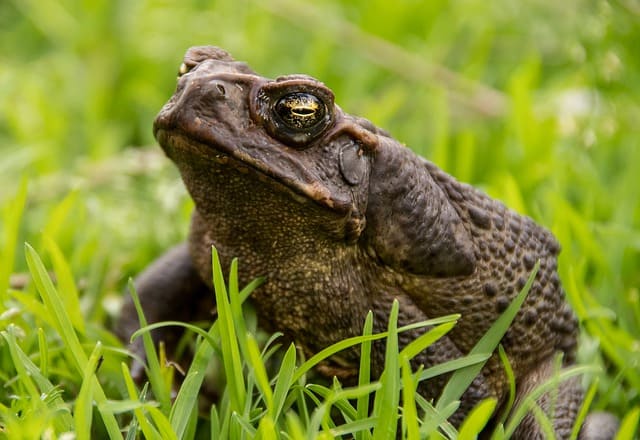
Toads are natural predators of cutworms and many other types of insects. During certain parts of the year, toads will consume large numbers of cutworms, which helps to keep the population of these pests under control.
Moles
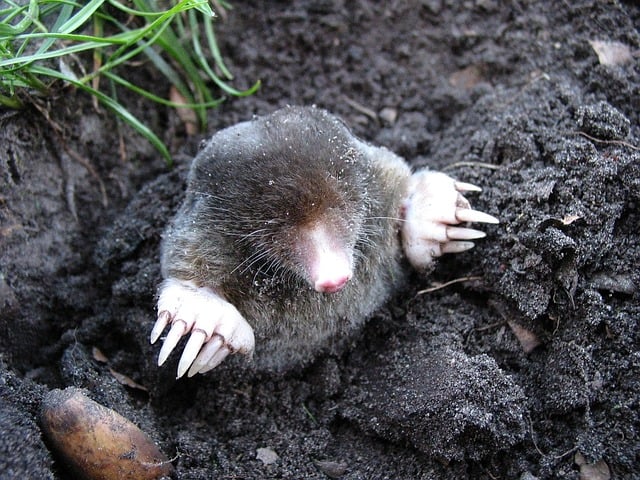
Moles eat cutworm larvae, which can significantly reduce the population of cutworms in an area. Moles are small burrowing animals that live in underground tunnels, and they are mostly active at night, and eat mainly earthworms, caterpillars, and any insect that they can detect with their sensitive snout.
Shrews
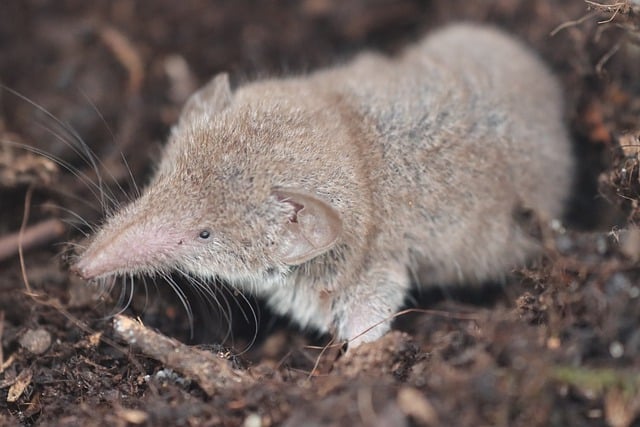
Shrews are small carnivorous mammals that feed mainly on insects, including cutworms. Gardeners can encourage shrew populations by providing them with a safe haven such as a brush pile, rock pile, or compost heap. The holes in the ground left by the moles are also an excellent place for shrews to live and hunt cutworms. However, just be careful since shrews can become a pest in and of themselves.
Bacillus thuringiensis
Natural pesticides (such as Bacillus thuringiensis) can also be used to control cutworm populations. As with any pesticide, it’s important to read and follow the instructions carefully to avoid harming other organisms in the area.
What Does A Cutworm Look Like
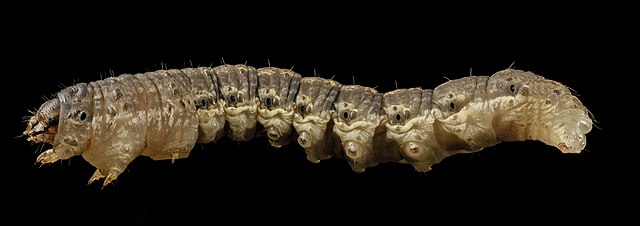
Cutworm is a common name for the larvae of certain kinds of moths. Cutworms are usually brown or black and measure about 1 to 2 inches long. They can be very destructive, eating the leaves and stems of plants. In addition, they may also damage crops and garden plants.
If you see evidence of cutworm damage in your garden, it is important to take steps to get rid of them. identification and management of these pests can seem daunting, but with some knowledge and preparation, it can be done effectively. Keep reading to learn more about cutworms and how to deal with them.
How to Find Cutworms
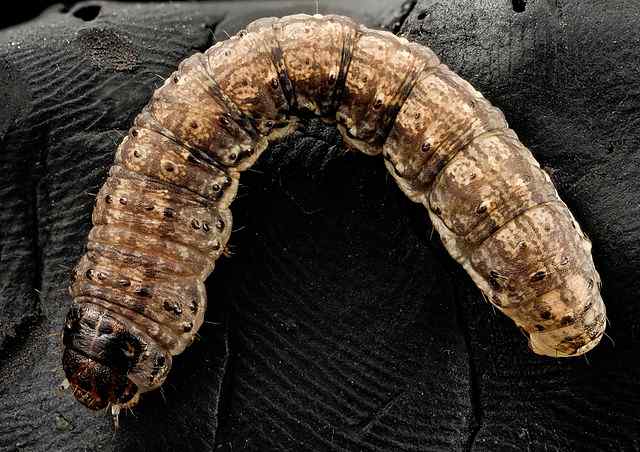
Look for a smooth caterpillar that is generally brown or black in color. They are most active around dawn and dusk and can grow up to 1.8 inches long. Cutworms tend to prefer moist areas, so look for them near rotting vegetation or in fields where the soil is wet.
How Long Do Cutworms Live
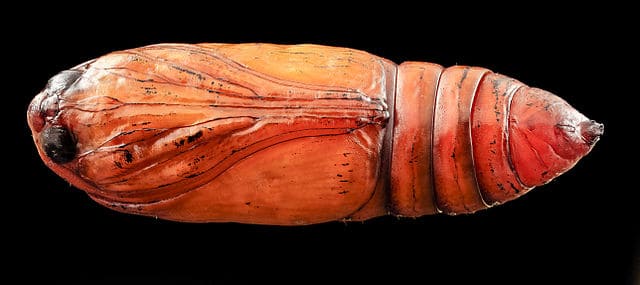
Cutworms spend 60 to 90 days in their larval phase, after which they pupate and then emerge as adults. Adults typically only live for a few weeks. So a population of cutworms can go through several generations in a single year.
Are Cutworms Bad
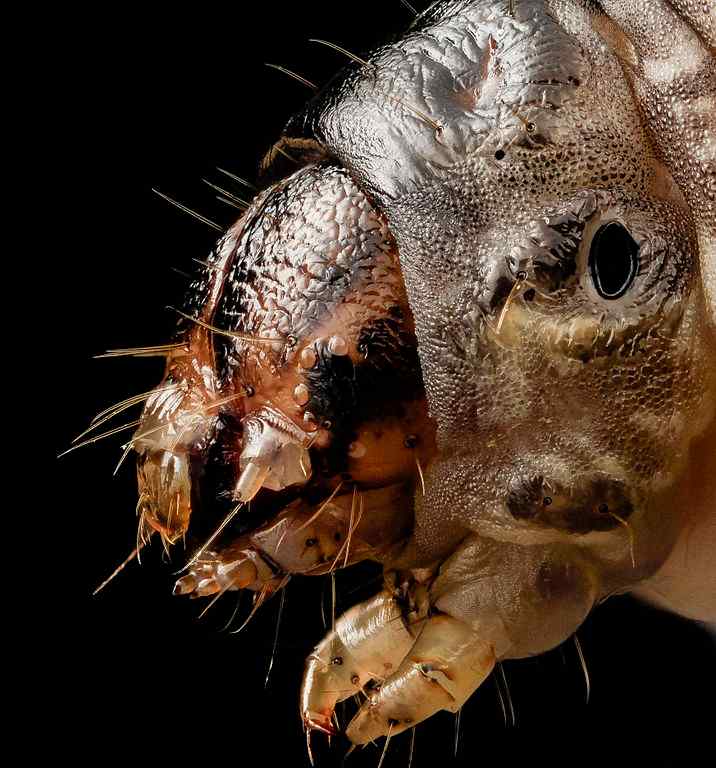
Cutworms can be very destructive to young seedlings. They are particularly harmful to plants because they eat the stems of plants at the soil line, which can kill them. Cutworms also feed on the leaves of plants, so they can damage them too.
Should I Kill Cutworms
If you’re losing a lot of seedlings to cutworms in the early spring, you might need to try and kill them off to save your plants. This is because cutworms are very destructive pests that can strip a garden of all its young plants in just a few nights.
How To Get Rid of Cutworms in The Garden
Cutworms can be a big problem for gardeners, as they can quickly damage or kill seedlings and plants. But with a few simple methods, you can get rid of these pesky pests and keep your garden healthy. Below, we’ll share some tips on how to get rid of cutworms, so you can enjoy your garden all season long.
What Kills Cutworms
There are a few things that can kill cutworms:
- Diatomaceous earth (Buy Online): This is a natural powder made of diatoms (a type of hard-shelled algae) that kills insects by slicing into their exoskeleton and causing them to dehydrate.
- Insecticides (Best Organic insecticides for Vegetable Garden): There are a number of different insecticides that can be used to kill cutworms. However, some chemical insecticides can also be harmful to people and pets if not used correctly.
There is also a wide range of natural predators that can kill cutworms if you want to avoid using diatomaceous earth or insecticides.
Natural cutworm predators include birds, spiders, beetles, wasps, lacewings, mantids, and nematodes.
Cutworm Control
Cutworms are a common pest that can cause significant damage to gardens and crops. There are several things you can do to help control these pests and protect your plants. Here are some of the best ways to deal with cutworms.
How To Control Cutworms Naturally
Bug Sales Trichogramma 3 Squares/ 12,000 Eggs
Soldier bugs, or Trichogramma (Buy Online), are tiny parasitic wasps that can help control caterpillars and moths in your garden. These natural predators are harmless to people and pets and will go largely unnoticed. A package of 12,000 eggs is enough to cover 500 square feet, so if you’re looking for an easy way to get rid of pesky caterpillars without using harsh chemicals, give Trichogramma a try.
NaturesGoodGuys – Triple Blend Beneficial Nematodes HB+SC+SF (50 Million)
Nematodes (Buy Online) are a great way to control cutworms and other harmful insects in your garden. These microscopic creatures work by actively seeking out insect larvae, entering their bodies through natural openings (spiracles), and feeding on them from the inside out until they die.
Monterey LG6332 Bacillus Thuringiensis (B.t.) Worm & Caterpillar Killer Insecticide/Pesticide Treatment Concentrate, 16 oz
Monterey Bacillus Thuringiensis (Buy Online) is a naturally occurring, soil-dwelling bacterium found throughout the world that produces an insecticidal toxin when eaten by worms or caterpillars. For best results, you’ll need to use it when the cutworms are small, and they must be actively feeding on treated, seedlings, or leaves.
How To Get Rid of Cutworms in Lawn
Spectracide Triazicide Insect Killer For Lawns Granules, 10-Pound
Spectracide Triazicide Insect Killer For Lawns (Buy Online) is an effective insect killer that can be used to get rid of cutworms in lawns. The granular formula is easy to distribute uniformly around the treatment area, and it will kill insects above and below ground, including ants, crickets, armyworms, cutworms, grubs, ticks, and most other insect pests that commonly destroy lawns.


